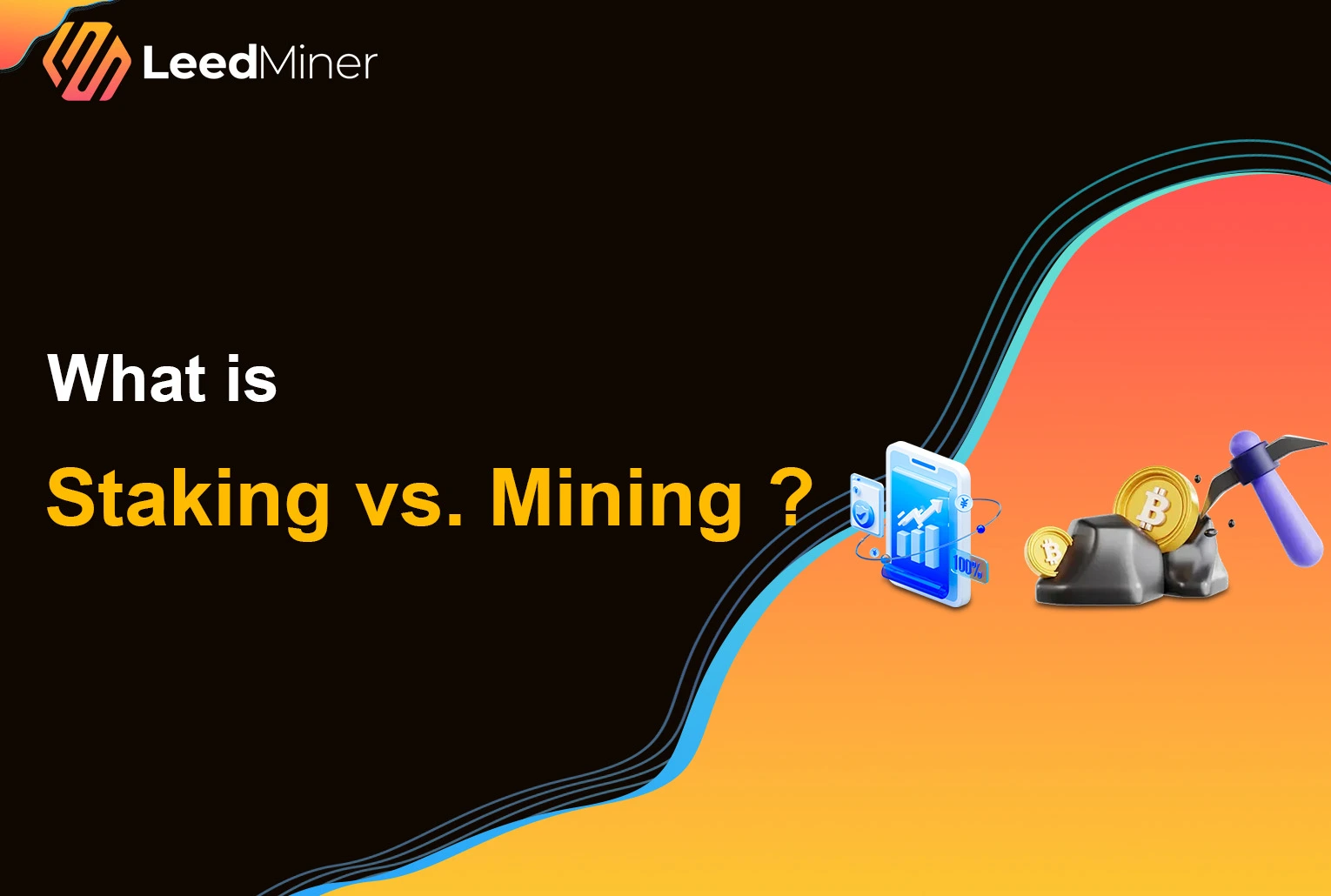What is Dual Mining ?
Mining101
- tagwu

SUMMARY
What Does Dual Mining Mean
At its core, dual mining refers to the process of mining two cryptocurrencies at the same time using a single mining setup. The goal is simple: increase profits without needing to buy extra hardware.
This isn’t the same as switching between coins or algorithms. Dual mining means your miner is actually performing two tasks at once and generating two streams of income. In the past, this was commonly done using GPUs.
Dual Mining in the GPU Era (Now Mostly Obsolete)
In the era of GPU (graphics card) mining, dual mining was a popular strategy. GPUs are flexible and capable of handling multiple algorithms simultaneously. Miners took advantage of this by pairing coins that didn’t overload the system.
Some famous examples include:
- ETH + TON (Ethereum + Toncoin)
- ETH + ZIL (Zilliqa)
This strategy allowed miners to squeeze extra value out of their rigs by mining a primary coin and a lighter secondary coin at the same time.
However, this golden era of GPU dual mining came to an end when Ethereum switched to Proof of Stake in 2022. Since then, GPU mining has seen a sharp decline in profitability. ASIC miners—specialized machines built for one algorithm—have become the industry standard due to their vastly superior efficiency.
Dual Mining in the ASIC World — Is It Still Possible
At first glance, it may seem like dual mining is no longer relevant in the ASIC world. After all, ASICs (Application-Specific Integrated Circuits) are designed to do one job extremely well—usually mining a single algorithm like SHA-256 or Scrypt.
But there’s a catch: some coins share the same algorithm. That’s where merged mining (also called auxiliary mining) comes in.
Real Examples of ASIC-Based Dual Mining
A great example is Litecoin (LTC) and Dogecoin (DOGE). Both use the Scrypt algorithm. Thanks to merged mining, you can mine Litecoin and automatically earn Dogecoin at the same time—with no extra work, no extra electricity, and no extra hardware.
This is supported by many major mining pools, including F2Pool and ViaBTC. When you connect your Scrypt ASIC miner (like an Antminer L7), the pool handles the merged mining process in the background. You receive payouts for both LTC and DOGE, making your operation more profitable.
It’s important to note that this isn’t mining two separate algorithms—it’s mining one algorithm and getting rewarded by two networks.
A New Form of Dual Mining: Multi-Algorithm ASICs

While merged mining is one form of dual mining, there’s a new innovation that brings even more flexibility to ASIC users: modular, multi-algorithm ASIC miners.
A perfect example is the Goldshell Byte—a new, compact ASIC miner that supports different algorithms by allowing users to swap out algorithm cards.
Currently, Goldshell Byte supports two different cards:
While the miner doesn’t run both algorithms at the same time, it gives users the freedom to mine entirely different coins using one physical device—just by changing the card. This approach combines some of the flexibility of GPUs with the efficiency of ASICs. And according to Goldshell, more algorithm cards are coming, making this a promising direction for multi-purpose mining.
You can think of it as a new form of dual mining, where the miner isn’t limited to one type of income stream in its lifetime.
Final Thoughts: Dual Mining Has Evolved
Dual mining began as a creative strategy during the GPU era, helping miners get more out of their hardware. As technology advanced and GPU mining faded, ASIC miners took the lead—and with them, new forms of dual mining emerged.
- Merged mining allows Scrypt or SHA-256 miners to earn multiple coins at once.
- Modular ASICs like the Goldshell Byte offer flexible multi-algorithm mining by design.
Whether you're new to mining or looking to upgrade your setup, understanding how modern dual mining works is a valuable step. It shows how the mining ecosystem continues to adapt, blending efficiency with innovation.






